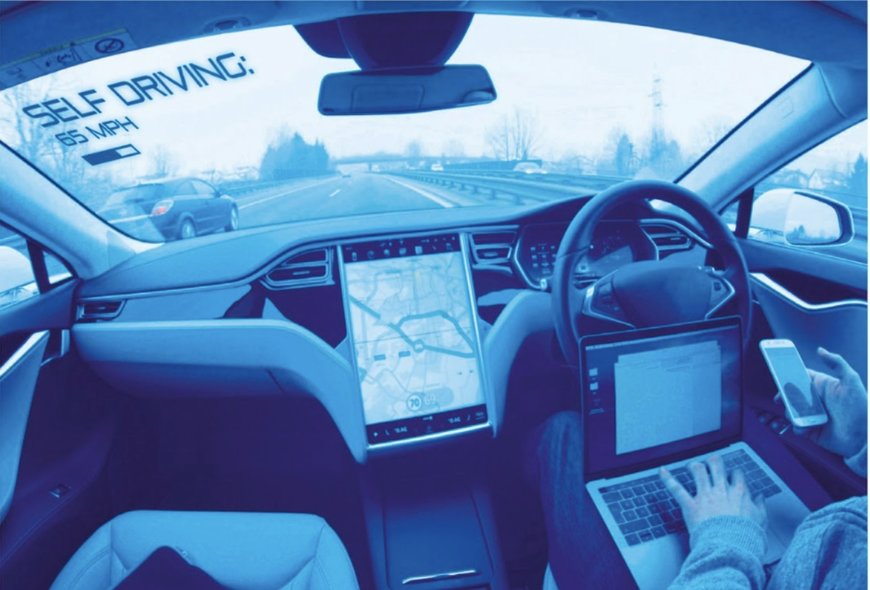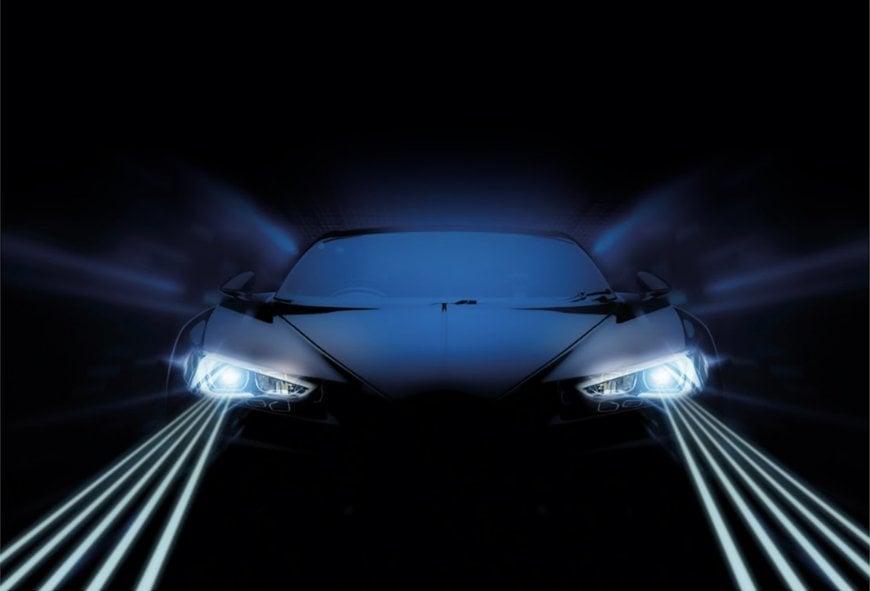electronics-journal.com
21
'23
Written on Modified on
Mouser is Overcoming Perceptions and Embracing Self-Driving Technologies
The automotive industry has changed a lot in the past ten years. The focus away from fossil fuels for internal combustion engines (ICE), to battery-powered electric vehicles (EV) is having a profound impact on the industry, and our society.

Technology plays an important role in making change possible, examples include more energy-dense battery chemistries and advanced driver assistance systems (ADAS) that make driving much safer. Weight reduction strategies include zonal architectures for in-vehicle networking and electric (x-by-wire) steering. Social attitudes to vehicle ownership are also changing. Why buy a car, which is an expensive capital asset and involves ongoing running costs, when new transportation methods such as mobility as a service (MaaS) are available? On-demand, autonomous vehicles bring into question who will be responsible for driving automobiles and who will own them in the future.
The trend of self-driving cars is advancing quickly. ADAS functions are the first step towards full autonomy, whether powered by an ICE or electric motors. As the vehicle becomes more able to control itself and, ultimately, become self-driving, the need for a human driver reduces rapidly. Aside from the technology advancements, the concept of our roads filled with self-driving vehicles isn’t widely accepted. Social attitudes to trusting the underlying technologies vary considerably, as do the concerns about how safety is prioritised where the chances of fatalities are high.
Creating Intelligent Vehicles
One key advantage that technology can deliver to autonomous vehicles over human drivers is connectivity. Communication with other road users via local infrastructure or cloud-based systems can make our road networks safer. In busy metropolitan areas, connection to a traffic management system will further improve safety, ease congestion, and reduce pollution. Another benefit of a traffic management infrastructure is the notification of temporary road closures or obstructions, so alternative routes are determined in advance to keep the traffic moving.
One skill human drivers have that is difficult to machine learning neural networks is road etiquette. Automated systems, with the help of sensors and cloud connectivity, can determine many facts about the surrounding traffic, such as their instantaneous position, speed, and direction of travel. However, it cannot predict a driver’s intentions. Driving in a city is very different from a rural environment, and human drivers adapt accordingly. Navigating around a busy city may involve frequent lane changes, for which human drivers must sometimes become assertive to achieve. By contrast, an autonomous vehicle may consider such a manoeuvre dangerous to perform.
Some human drivers are polite and slow down to let a vehicle merge in front of them, but other drivers might not. The etiquette of drivers vary around the world, so the self-driving systems of autonomous vehicles need to learn to assess the situation and, where needed, take a more calculated risk to change lanes. Connectivity between autonomous vehicles may advance to achieve a level of negotiation using a standard queueing algorithm to resolve such situations, but this is not the case with human drivers. Unfortunately, the likelihood of collisions between a self-driving vehicle and a human driver will exist for a while. An advancement of ADAS could at least alert the human driver to the autonomous vehicle’s intentions.

Automatic headlights (Source: Mouser)
Avoiding Human v. Self-Driving Road Rage
Research has indicated that, when encountering an autonomous vehicle, human drivers appear to depart from their normal road etiquette and politeness, becoming less tolerant and driving more aggressively. There is no clear reason why this occurs. Perhaps it is because there are currently so few autonomous vehicles on trial or is there a more fundamental aspect of human nature that requires further investigation? Some individuals that drive for their work, such as taxi drivers and bus drivers, will obliviously feel that their source of income is under threat from self-driving vehicles. There are also reported cases where some individuals have felt so fearful of autonomous vehicles that they have resorted to shooting at them. This change in behaviour may only be temporary but it might also signal that road etiquette will change in the long term. Like in any aspect of life, change can be difficult to accept, and the assumption that society will fully embrace self-driving vehicles was misguided from the beginning. Age and other social demographics will influence who is more willing to accept autonomous vehicles. Individuals who are relatively new drivers will probably accept them more readily than more experienced drivers. In Europe, initiatives are in place to encourage society to be more willing to acknowledge the benefits of autonomous vehicles and the improvement in road safety.
Watching Me, Watching You
Autonomous vehicles rely heavily on using deep learning neural networks to navigate. Fed by multiple sensors (RADAR, LiDAR, video), these machine learning algorithms infer whether the road ahead is clear of obstacles. The machine learning systems will also undertake a decision-making process in the event of an accident potentially resulting in causalities. Delegating the safety of human lives to machines has, understandably, led to heartfelt sentiment against the technology designed to make our roads safer. Handing responsibility to neural networks is a complicated legal minefield. It isn’t just the vehicle’s own systems that influence the decision. Communication and interaction with other vehicles, city traffic management ecosystems, and following an electronic road safety framework (created by humans) all influence the vehicle’s actions, and the risk to human life. Local weather, pedestrians and road conditions all contribute to create a convoluted challenge.
As the popular adage ‘Rome wasn’t built in a day’ infers, putting in place ultra-reliable systems, answering society’s concerns, and establishing a legal framework takes time, and progress is already being made.
www.mouser.com

